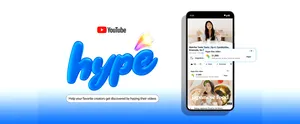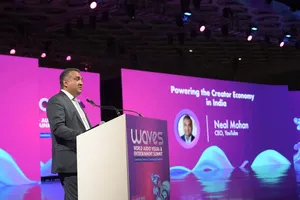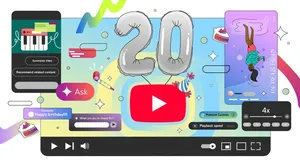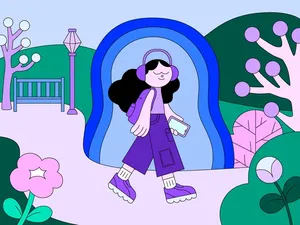A look at how we treat educational, documentary, scientific, and artistic content on YouTube
We are often asked whether our policies apply to all creators consistently, or if certain channels, like those controlled by public officials, media outlets, or celebrities get exceptions. Our Community Guidelines set the rules of the road to protect the YouTube community, while providing room for a broad range of views. Our reviewers are spread around the globe and we enforce our content policies consistently regardless of the speaker, political viewpoint, their background, their position, or their affiliations.
However, sometimes videos that might otherwise violate our policies may be allowed to stay on YouTube if the content offers a compelling reason with visible context for viewers. We often refer to this exception as “EDSA,” which stands for “Educational, Documentary, Scientific or Artistic.”
To help determine whether a video might qualify for an EDSA exception, we look at multiple factors, including the video title, descriptions and the context provided in the video’s audio or imagery. These decisions are nuanced and context is important. And we know it can be tricky for creators and viewers to understand why one video stays up while another is taken down. So let’s look at a few examples:
We do not allow content targeting minors with insults or bullying, but we may allow content that shows this as part of an educational anti-bullying campaign provided the minors are actors or their identity hidden.
Hate speech and encouragement of violence violate our policies but a documentary about WWII that features speeches from Nazi leaders may be allowed if the documentary provides historical context and does not aim to support views promoted by the Third Reich.
We do not allow content targeting an individual with derogatory use of slurs based on race, sexuality, religion or other protected attributes. But a comedy “roast” using these terms toward a subject who is visible as a willing participant may be allowed, as we consider this to be artistic expression.
Nudity that is meant to be sexually gratifying (like pornography) is not allowed on YouTube. But there are instances where nudity can have scientific value, like a video with imagery of a medical professional conducting a physical examination. Similarly, a photographer exhibiting nude portraits or a music video featuring nude or semi-nude dancers for artistic purposes may be allowed.
We do not automatically give exceptions to a video just because it is being presented as part of a news broadcast or contains footage from a conference. The educational or documentary intent needs to be clear by providing context. For some categories -- like videos containing hate speech, graphic violence, content from violent criminal organizations, or COVID-19 medical misinformation -- we have a higher bar given the dangers they present to the public. First, we require the context to be in the imagery or audio of the video itself (having it in the title or description is not enough). Second, it has to be clear to the viewer that the creator’s aim is not to promote or support the content that violates our policies. For example, content telling people that the COVID-19 does not exist is allowed only if the content’s audio or imagery also directly refutes these claims or gives greater weight to the consensus from health and medical authorities that the claims are untrue.
There are also certain types of content where we don't allow an EDSA exception under any circumstances because of the sensitivity and egregiously harmful nature of the content, or when it violates the law. For example, content that endangers children or any content with footage of deadly violence filmed by the perpetrator is not allowed on YouTube, regardless of the context.
EDSA exceptions are a critical way we make sure that important speech stays on YouTube, while protecting the wider YouTube ecosystem from harmful content. We hope this explanation will help viewers and creators better understand how we make these decisions to keep educational, documentary, scientific, and artistic content thriving on YouTube. Read more about how we develop and enforce our policies here.





